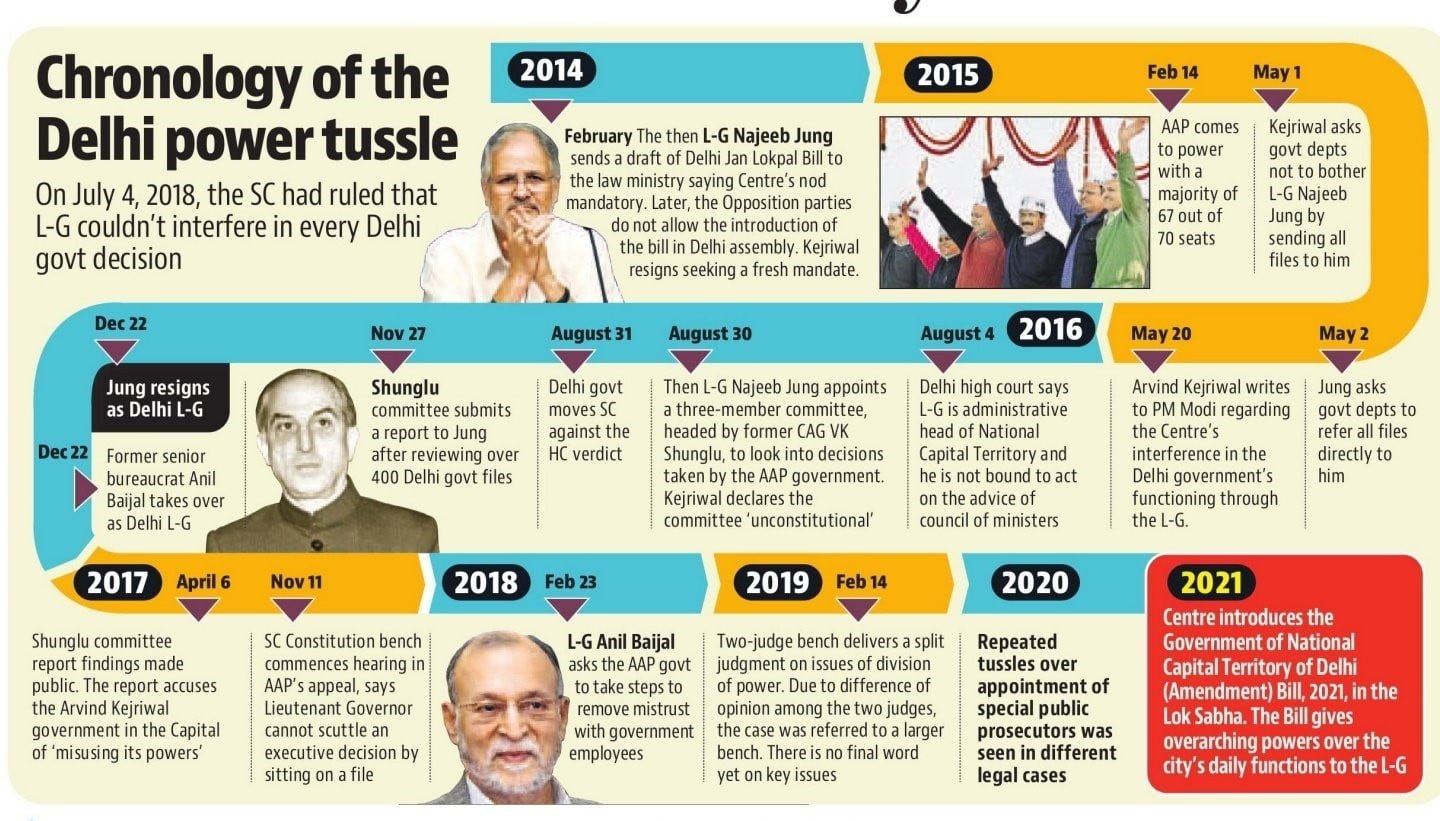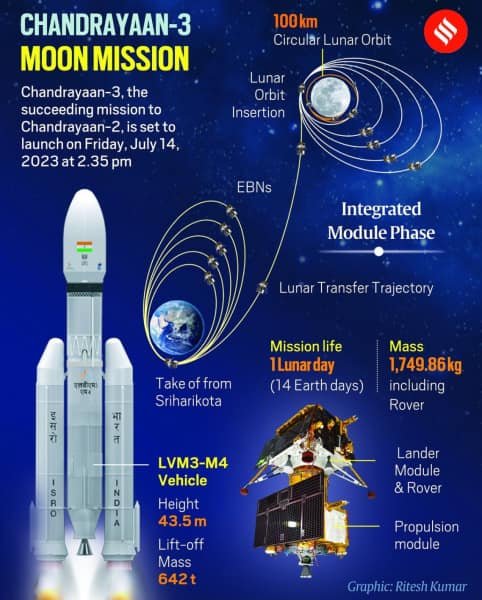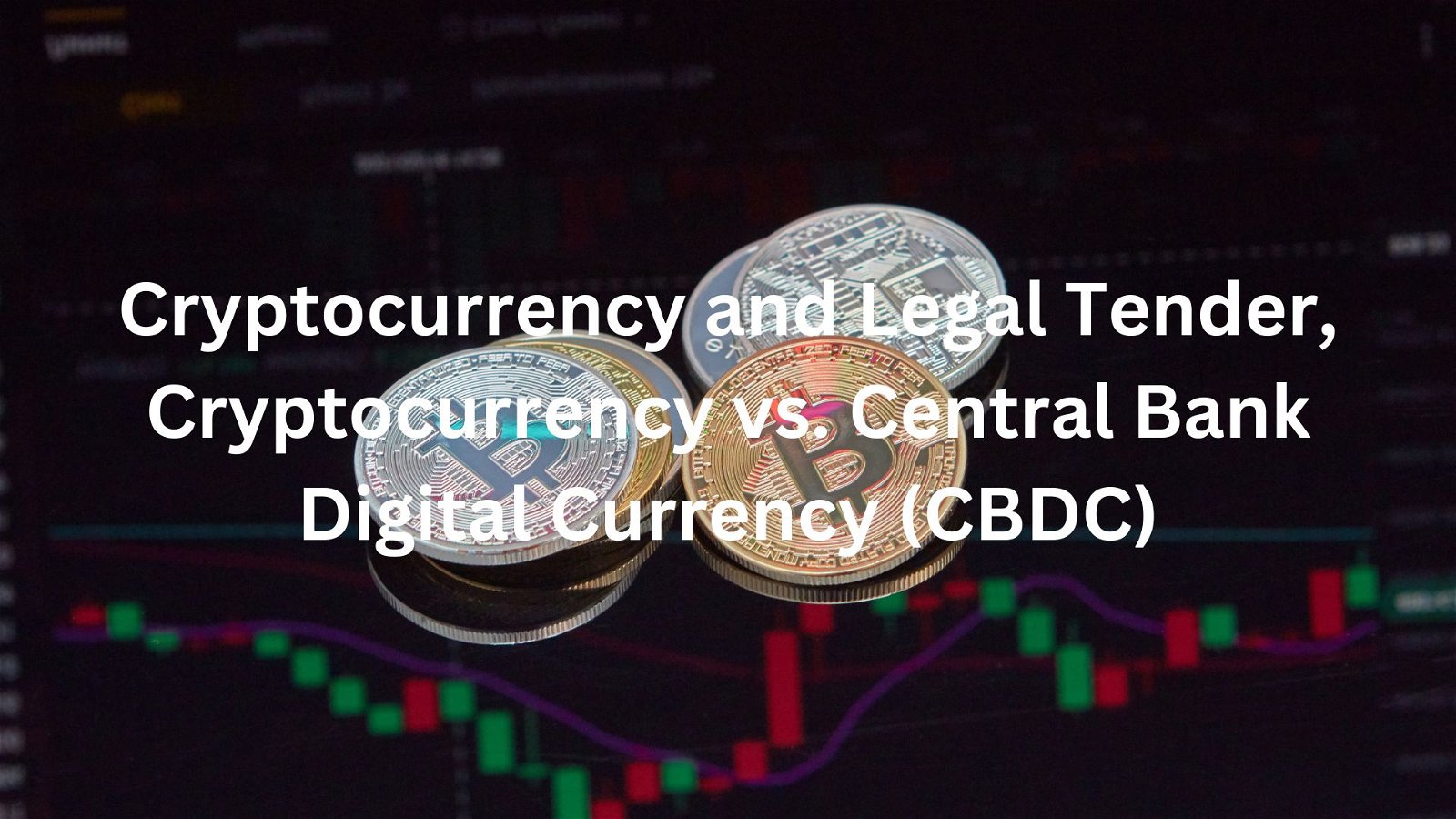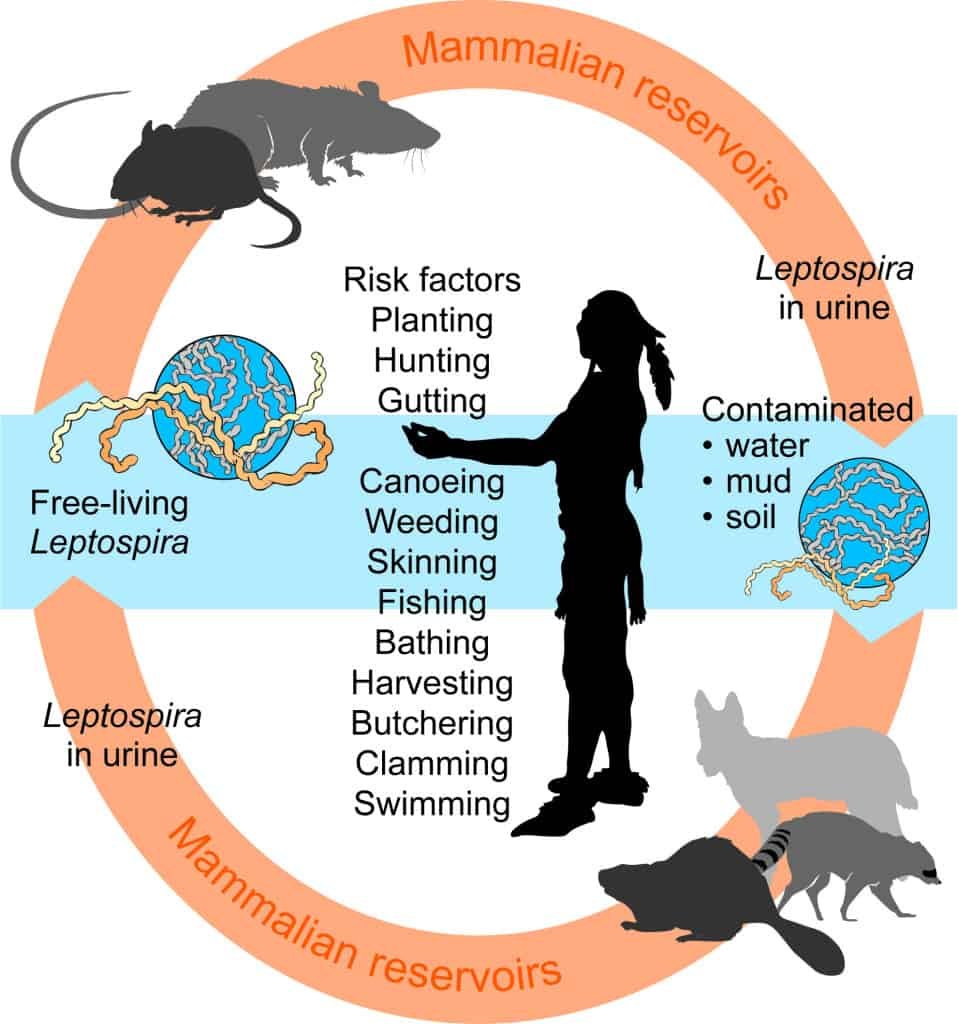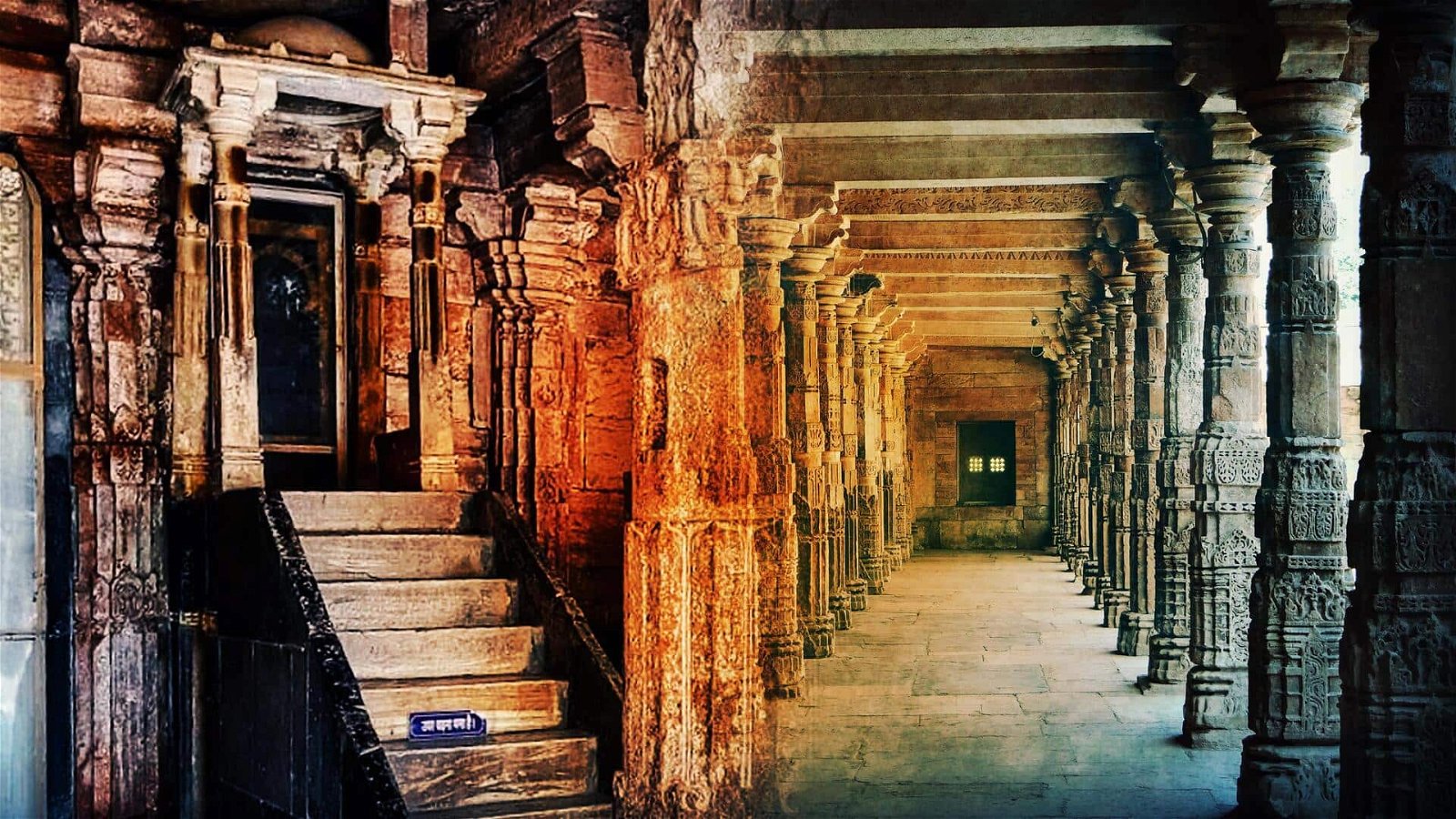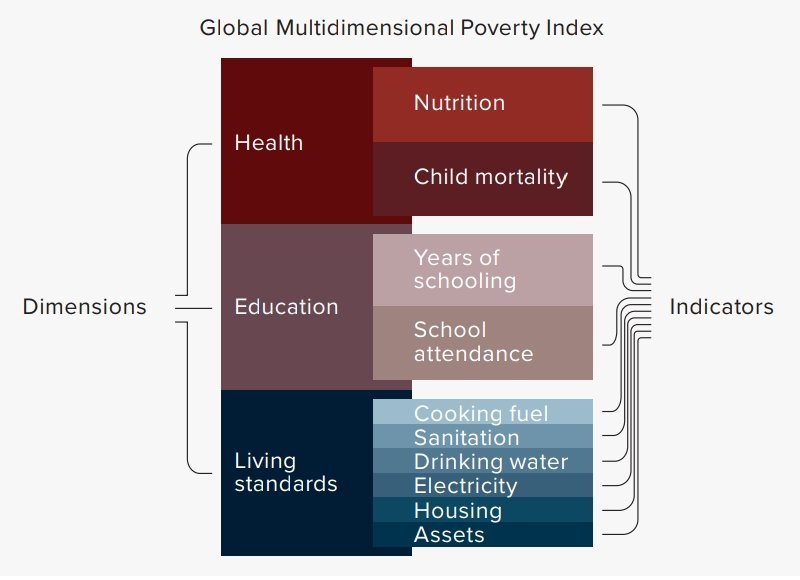
Current Affairs December 01, 2023: Gujral Doctrine, Global Stocktake, Five Eyes Alliance, Ayushman Arogya Mandir, Coking Coal Washery
Subscribers of "Current Affairs" course can Download Daily Current Affairs in PDF/DOC
Subscribe to Never Miss an Important Update! Assured Discounts on New Products!
Must Join PMF IAS Telegram Channel & PMF IAS History Telegram Channel
{GS2 – IR – Foreign Policy} Gujral Doctrine
- Context (IE): Recently, the 11th death anniversary of IK Gujral was marked.
- Gujral doctrine is an accommodative Policy vis-à-vis India’s Neighbours.
- It seeks friendship based on sovereign equality and non-interference, with ‘non-reciprocal magnanimity’ towards the smaller neighbouring countries such as Bangladesh, Bhutan, Nepal and Sri Lanka.
- It seeks to end India’s endless contestations with neighbours and resolve longstanding problems.
5 Main Principles of Gujral Doctrine
- No reciprocity with small neighbours.
- No territory of any South Asian state to be used against any other state.
- Non-interference in each other’s internal territory.
- Mutual respect for territorial integrity & sovereignty.
- Dispute resolution at the bilateral level through peaceful means.
Contemporary Significance of Gujral Doctrine
- India’s “Neighbourhood First” policy is closely aligned with the Gujral doctrine.
- Promote peace, stability, and prosperity: A peaceful neighbourhood allows India to become a high growth economy & a regional power
- It leads to ‘Development without Distraction,’ which is crucial for India’s rise as a global power and regional prosperity.
- Builds regional cooperation as unilateral concessions help build trust and ‘dependency bonds’ to promote regional cooperation on emerging issues of climate change, economic development, terrorism, COVID crises etc.
- Perception management (Elder, ‘not Big Brother’) by neutralising anti-India rhetoric and making government-to-government negotiations easier.
Challenges in the implementation of Gujral Doctrine
- Delay in implementation of projects: For eg, Chabhar Port.
- Outstanding boundary issues like China (Ladakh), Pakistan (Sir Creek), Nepal (Kalapani area), Sri Lanka (Kachatheevu Island), etc.
- Increasing China’ forays in the near neighbourhood: For eg, Border settlement with Bhutan, etc.
- Shift from soft power to hard power: Galwan Standoff, etc.
Way Forward
- Use multiple platforms to increase engagement like SCO, SAARC, BIMSTEC etc.
- Desist from ‘big brotherly’ approach and more sensitive to political dynamics of neighbours.
- Expediting implementation of key projects. For eg, Kaladan Multimodal Project.
- Projecting its ‘Soft Power’ in the region through development diplomacy by extending Lines of Credit, disaster relief, humanitarian aid, educational scholarships and capacity-building programmes.
{GS2 – IR – Groupings} Five Eyes Alliance
- Context (IE): USA has accused an Indian intelligence official of planning and directing a plot from India to kill Khalistan separatist Gurpatwant Singh Pannun in New York allegedly.
- Five Eyes Alliance is an intelligence-sharing alliance of the United States, United Kingdom, Australia, Canada, and New Zealand.
- The core purpose of the Five Eyes alliance is to share intelligence information and collaborate on matters related to national security and defence.
Origin of Five Eyes Alliance
- Its origin is traced back to the Second World War.
- After World War II, the United States and the United Kingdom formalised the UKUSA agreement.
- It was expanded twice by 1956 and formed this alliance.
- Canada joined it in 1949.
- New Zealand and Australia joined it in 1956.
|
{GS2 – MoAFW – Schemes} Scheme to Provide Drones to Women SHGs
- Context (IE | TH): The Union Cabinet has approved a central sector scheme to provide drones to women self-help groups (SHGs).
- The scheme converges the efforts and resources of various departments, including the Department of Agriculture & Farmers Welfare, the Department of Rural Development, and the Department of Fertilizers.
Objective
- To provide drones to 15,000 selected women SHGs during the period 2023-24 to 2025-2026 to provide rental services to farmers for agricultural purposes.
- LFCs will also promote the use of nano fertilisers such as nano urea and nano DAP. The SHGs would use these fertilisers with drones.
Financial Assistance
- Central Financial Assistance, which will be 80% of the cost of the drone as well as accessories/ancillary charges up to a maximum of Rs 8 lakh, will be provided to women SHGs for them to purchase drone.
- The cluster level federation (CLFs) of SHGs may raise the balance amount (total cost of procurement minus subsidy) as loan under National Agriculture Infra Financing Facility (AIF).
- Interest subvention at the rate of 3% on the AIF loan will be provided.
Training
- A member of each SHG, who is deemed well-qualified and above 18 years of age, will be selected by LFCs and state rural livelihood missions (SRLM) for a 15-day training.
- This will include a 5-day mandatory drone pilot training and a 10-day training in nutrients and pesticides application.
- Another member will be trained in repairing electrical goods, fittings and mechanical work, eventually training this person to become a drone technician/assistant.
Significance
- It will provide sustainable business and livelihood support to 15,000 SHGs and enable them to earn additional income of at least Rs. 1 lakh per annum.
- The scheme will help infuse advanced technology in agriculture for improved efficiency, enhanced crop yield and reduced cost of operation for the benefit of farmers.
{GS2 – MoC – Initiative} Coking Coal Washery
- Context (PIB): Bharat Coking Coal Ltd starts commercial operations of Madhuband washery.
- It is one of the largest and state-of-art washeries.
- Aim: To enhance coking coal supply to the steel sector.
|
Coal
- Coal (or black gold) is a combustible sedimentary rock with high carbon and hydrocarbon content.
- It also contains volatile matter, moisture, and ash (sometimes sulphur and phosphorous).
- It is a non-renewable energy because it is formed when dead plant matter is compressed over millions of years under layers of sediment.
Types of Coal
- Peat: First stage of transformation. It contains less than 40 to 55% carbon, has low calorific value and burns like wood. It is the first stage of transformation from wood to coal.
- Lignite: Brown coal and lower-grade coal. It contains 40 to 55% carbon. It has high moisture content so it gives smoke when burnt. It is an intermediate stage that happens during the alteration of woody matter into coal. It is found in Rajasthan, Lakhimpur (Assam), and Tamil Nadu.
- Bituminous Coal: Soft coal and dense black in colour. It contains 40 to 80% carbon, a low level of moisture content, high calorific value. It is found in Jharkhand, West Bengal, Odisha, Chhattisgarh, and Madhya Pradesh.
- Anthracite Coal: It is the best quality, hard coal with semi-metallic lustre. It contains 80 to 95% carbon, highest calorific value. It is found in small quantities in Jammu and Kashmir.

Coking Coal
- Coking coal (or metallurgical coal) is a high-quality bituminous coal used to produce coke.
- Coke is an essential fuel and reactant for the production of steel.
{GS2 – MoHWF – Schemes} Ayushman Arogya Mandir
- Context (IE): The Ayushman Bharat Health and Wellness Centres in India will now be called as ‘Ayushman Arogya Mandir’.
Ayushman Bharat
- It was launched in 2018 to achieve the Universal Health Coverage (UHC) vision.
- It attempts to move from a sectoral and segmented approach to health service delivery to a comprehensive need-based health care service.
- Its components are:
- Health and Wellness Centres (HWCs)
- Pradhan Mantri Jan Arogya Yojana (PM-JAY)
Health Wellness Centre
- Currently, the existing 1.5 lakh Sub Centres and Primary Health Centres are being transformed into 1.5 lakh Health Wellness Centres (HWCs).
- These centres will deliver Comprehensive Primary Health Care that is universal and free.
- These centres would be equipped with facilities like telemedicine.
- Yoga lessons will also be offered in the vicinity of these centres.
Pradhan Mantri Jan Arogya Yojana (PM-JAY)
- It is the largest health assurance scheme in the world.
- It aims at providing a health cover of Rs. 5 lakhs per family per year to over 10 crores poor and vulnerable families that form the bottom 40% of the Indian population.
- The households included are based on the deprivation and occupational criteria of the Socio-Economic Caste Census 2011 (SECC 2011) for rural and urban areas, respectively.
- It is one significant step towards achieving Universal Health Coverage (UHC) and SDG3.
- The National Health Authority (MoH&FW) implements it.
- States/ UTs are advised to implement the scheme by a dedicated entity called State Health Agency.
Benefits
- It covers almost all secondary care and most tertiary care procedures.
- There is no restriction on the family size, age or gender.
- Benefits of the scheme are portable across the country (a beneficiary can visit any empanelled public or private hospital in India to avail cashless treatment).
- It covers up to 3 days of pre-hospitalization and 15 days of post-hospitalization expenses.
- A defined transport allowance per hospitalisation is included in this.
{GS2 – MoSPI – Initiatives} Periodic Labour Force Survey (PLFS)
- Context (IE | TH | PIB): The Ministry of Statistics and Programme Implementation released the results of the Periodic Labour Force Survey for the period July 2022 to June 2023.
- It is the sixth PLFS report and each tracks a 12-month period between July and June.
PLFS: Origin and Objective
- The PLFS was initiated by the National Statistical Office in 2017 for frequent labour force data.
- The inaugural annual report was published in 2019, utilising data from July 2017 to June 2018.
- PLFS’s objective is to estimate vital employment and unemployment indicators like the Labour Force Participation Rate every three months in urban areas.
- It also aims to provide yearly estimates for both rural and urban regions.
Key Indicators of PLFS
- Labour Force Participation Rate (LFPR): The percentage of persons in the labour force (working or seeking or available for work) in the population.
- Worker Population Ratio (WPR): It is defined as the percentage of employed persons in the population.
- Unemployment Rate (UR): UR is the percentage of persons unemployed among the persons in the labour force.
- According to the International Labour Organisation (ILO), unemployment involves being jobless, available and actively seeking employment. Thus, unemployment is not synonymous with joblessness.
- Activity Status: The activity status of a person is determined based on the activities pursued by the person during the specified reference period.
- Usual Status (US): Usual activity status is determined based on the reference period of the last 365 days preceding the survey date.
- Current Weekly Status (CWS): According to CWS, the labour force is the number of persons either employed or unemployed on average in the week preceding the survey date.
- Usual status unemployment rates will always be lower than CWS rates because there is a greater probability that an individual would find work over a year compared to a week.
- The PLFS divides employment status for workers into three broad categories:
- Self-employed
- Regular wage or salaried employees
- Casual labour
Key Findings of Quarterly Bulletin
- Unemployment Rate (UER): It fell from 6.6% to 5.1% over the last year (that is, the July to June cycle).
- Labour Force Participation Rate (LFPR): Increased to 49.3%.
- LFPR for women: Increased to 46%.
{GS2 – Polity – Act} CERT-In Exempted from RTI Act
Computer Emergency Response Team (CERT-In)
- CERT-In is the national nodal agency that deals with cybersecurity threats like hacking and phishing.
- It is an office within the Ministry of Electronics and Information Technology (MeitY).
- It was formed in 2004 under the Information Technology Act of 2000.
Right to Information Act (RTI), 2005
- RTI Act 2005 empowers citizens to access information under the control of public authorities.
- It replaced the Freedom of Information Act, 2002.
Key Provisions of RTI Act 2005
- Request for information: Public authorities must disclose information in response to citizen requests.
- Time limit: Information to an applicant shall be supplied within 30 days.
- Life or liberty-related information must be provided within 48 hours.
- Fees: Applicants below the poverty line (BPL) are exempt from paying fees.
- Appeal: Applicants not provided with information or dissatisfied with the information provided can appeal to an officer who is senior in rank to the Public Information Officer.
- If unsatisfied, can make a second appeal to the Central Information Commission.
Exemptions from the RTI Act 2005
- Section 24 of the Act deals with the exemptions from the Act.
Provisions in Section 24
- Non-applicability: The Act doesn’t apply to intelligence and security organisations listed in the Second Schedule, including any information furnished by such organisations to that Government.
- Exception: Information on corruption and human rights violations is not excluded under this.
- Authority: GoI can amend the Schedule by adding or removing intelligence or security organisations through an official Gazette notification.
- Role of Parliament: Every notification issued by GoI shall be laid before each House of Parliament.
- State governments: The Act doesn’t apply to intelligence and security organisations established by the State Government, as specified through official Gazette notifications.
- Information on corruption and human rights violations is not excluded under this.
Organisations Exempted from RTI Act 2005
- With CERT-In, 27 organisations are exempted from the purview of RTI Act 2005.
|
Organisations Exempted from RTI Act 2005 |
|
| Intelligence Bureau (IB) | Sashtra Seema Bal |
| Research and Analysis Wing (RAW) | Directorate General of Income-tax (Investigation) |
| Directorate of Revenue Intelligence | National Technical Research Organisation |
| Central Economic Intelligence Bureau | Financial Intelligence Unit, India |
| Directorate of Enforcement | Special Protection Group (SPG) |
| Narcotics Control Bureau | Defence Research and Development Organisation (DRDO) |
| Special Frontier Force | Border Road Development Board |
| Border Security Force | National Security Council Secretariat (NSCS) |
| Central Reserve Police Force | Central Bureau of Investigation (CBI) |
| Indo-Tibetan Border Police (ITBP) | National Investigation Agency (NIA) |
| Central Industrial Security Force (CISF) | National Intelligence Grid (NIG) |
| National Security Guards (NSG) | Strategic Forces Command (SFC) |
| Assam Rifles | CERT-In |
| Aviation Research Centre | |
For other details on RTI Act 2005 > {GS2 – Polity – IC – FRs} RTI Act PMFIAS CA September 2023
{GS2 – Polity – IC – Election} Voting System
- Context (IE): Congress workers confronted election officials after the strong room where postal ballots and EVMs were stored was opened, raising concerns about security.
Paper Ballot system
- In the Paper Ballot system, the list of contesting candidates is printed on a paper (ballot paper) along with the serial number, name, and symbol of the candidates.
- A voter can vote by marking in a space allotted for each candidate.
- Only correctly marked votes are counted when counting votes obtained by that candidate.
Issues with ballot paper voting
- Many votes become invalid due to improper marking.
- Voting with pre-marked ballot papers
- Manual counting of votes is prone to errors.
- Ballot boxes can be easily filled with fake votes if the booth is captured for a few minutes.
Electronic Voting Machine (EVM) system
- In the Electronic Voting Machine (EVM) system, the voter casts his/her vote by pressing the “blue button” on the Ballot Unit against the candidate of his/her choice.
- Thereafter, a paper slip showing the serial number, name, and symbol of the candidate of his/her choice is generated and is visible for about seven seconds through the transparent window of the Voter Verifiable Paper Audit Trail (VVPAT).
- This enables voters to verify that the vote has been cast correctly.
Advantages of EVM
- More efficient and accurate than paper ballots.
- Eliminate the possibility of invalid votes due to unclear or improperly marked (stamped) paper ballots.
- Reduce the time required for counting.
- Ensure that a vote is registered for a single candidate only.
- There is no possibility of voting after the Close button is pressed at the close of the poll.
- A voter can verify his vote by verifying the VVPAT ’s printed slip.
Introduction of EVMs and VVPAT
Booth capturing and EVMs
|
Voting system
- General Voting: Voters cast their vote at the Polling Station of their Constituency through the EVMs.
- Postal Ballot System
- Electronically Transmitted Postal Ballot System (ETPBS)
- Proxy Voting

Postal Ballot System
- Under the postal ballot system, voters can cast their vote through the postal ballot (PB) paper.
- The following classes of persons are entitled to vote by post:
- Voters on election duty
- Voters subjected to preventive detention.
- Service voters other than those who opt for proxy voting.
- Special voters like PM, President, etc
- Spouse of Service Voters and Special Voters
- Absentee voters
Service voters
- Those serving in the armed forces of the Union.
- Those serving in a force to which the Army Act 1950 applies (Assam Rifles, CRPF, BSF, ITBP, SSB, NSG, GREF in BRO, CISF, etc).
- Member of an Armed Police Force of a State, serving outside that state.
- Those employed under the GoI in a post outside India.
Absentee Voters
- Persons employed in essential services (In consultation with the Central and State Government)
- Currently, these include officials of the Delhi Metro Rail Corporation, Northern Railway (Passenger and Freight) Services and media persons.
- Senior citizens (above 80 years of age),
- Persons with disability
- COVID-19 suspect or affected persons.
Electronically Transmitted Postal Ballot System (ETPBS)
- Under the ETPBS, voters can cast their vote by using an electronically received postal ballot.
- Class of electors who would be eligible for ETPBS:
- Service Voters
- The wife of a service voter who ordinarily resides with him.
|
Proxy Voting
- Classified Service Voter can vote through a proxy, meaning they can nominate somebody to vote in their place.
- A proxy appointed by the voter shall vote physically in the voter’s native constituency in the Polling Station.
- Proxy should be:
- Any ordinary adult resident of that constituency.
- May not be registered elector.
- Must not be disqualified to be an elector.
Classified Service Voter (CSV)
- Service voters belonging to the Armed Forces or forces to which provisions of the Army Act, 1950 are applicable have the option of either voting through postal ballot or through a proxy voter duly appointed by him.
- A service voter who votes through a proxy is called a Classified Service Voter (CSV).
Recent Changes
|
{GS2 – Vulnerable Sections – Transgenders} Same-Sex Marriage
- Context (IE): Nepal becomes the 1st South Asian country to register same-sex marriage officially.
- It is the union of two people of the same sex and/or gender identity. For eg, marriage between two men or two women.
- In India, as per a Pew Research Center survey, nearly 53% of Indians were in favour of legalizing same-sex marriages, though it has not been legalized till date.
Arguments Against Same-Sex Marriage
- Marriage as a ‘sacred affair’: Govt in SC held that marriage is a “heterogenous institution” involving the union of “a biological male and biological woman” and is considered sacred in all religions practiced in India.
- Further, it is referred to as the ‘urban elite’ issue.
- Against widely held religious beliefs: Many religious groups consider homosexuality to be immoral or against the natural order.
- Lead to ‘Slippery Slope’: Granting marriage rights to same-sex couples may lead to the acceptance of other non-traditional forms of marriage, such as polygamy or incestuous relationships.
- Societal Discomfort: Legalizing same-sex marriage might lead to backlash, conservative protests, and social disharmony.
Arguments In Favour
- In line with spirit of the constitution: It would grant equal rights and protections to all individuals, regardless of their sexual orientation, and help in realising rights guaranteed under Art 14, 21 of IC.
- In Navtej Singh Johar vs. Union of India, SC granted same-sex couples the freedom to lead a dignified private life.
- In line with international commitments: The Universal Declaration of Human Rights, to which India is a signatory, asserts that all individuals are entitled to marry and find a family without discrimination.
- Biological gender is not ‘absolute’ but more complex than just one’s genitals. There is no absolute concept of a man or a woman.
- Positive impact on mental health: A study found that state-level legalization of same-sex marriage in USA was associated with a 7% reduction in suicide attempts among LGBTQ+ youth.
{GS3 – Envi – UNFCCC} Global Stocktake
- Global Stocktake (GST) is an evaluation process established by the Paris Agreement (2015) to assess the collective progress made by countries in achieving their goals.
- Under the Paris Agreement, nations pledged to limit global warming to well below 2°C above preindustrial levels, with an aspirational target of 1.5 °C.
- To ensure accountability and encourage ramped-up efforts, the agreement mandates a GST every five years, starting in 2023.
Key Findings of Synthesis Report of the First Global Stocktake
Equitable and Inclusive Economic Transition
- It emphasises the need for greater ambition to cut GHG emissions by 43% by 2030 and 60% by 2035 and achieve global net-zero CO2 emissions by 2050.
- Renewable energy has to be scaled up, and all fossil fuels are to be rapidly eliminated.
- Though the rapid transition may be “disruptive,“ countries should focus on ensuring an equitable and inclusive economic transition.
Halting Deforestation
- Deforestation and land degradation have to be halted and reversed.
- Agricultural practices reducing emissions and enhancing carbon sinks must be encouraged.
Adaptation Efforts
- Most efforts were fragmented, incremental, sector-specific, and unequally distributed.
- Transparent reporting on adaptation can aid understanding, implementation, and international cooperation.
Addressing Loss and Damage
- Addressing ‘loss and damage’ demands urgent action in climate and development policies to manage risks comprehensively and support affected communities.
- Funding arrangements must be rapidly scaled up from expanded and innovative sources.
Climate Finance
- Financial flows needed to be consistent to meet urgent and increasing needs.
- Access to climate finance in developing countries needed to be enhanced.
Positives of Suggestions of GST Synthesis Report
- Emphasis on equitable and inclusive economic transition.
- More access to developing countries to consistent climate finance.
- Scaling up of adaptation and loss and damage efforts.
Concerns with Suggestions of GST Synthesis Report
- The rapid transition from fossil fuels will be economically not possible for developing nations.
- Change in cropping practice on considering emissions may jeopardise food security.
{GS3 – Envi – UNFCCC} India’s Role at COP
- Context (IE): India is an influential voice for developing countries at the annual Conference of Parties events.
United Nations Framework Convention on Climate Change (UNFCCC)
- UNFCCC is an international environmental treaty adopted in 1992 in New York.
- It was negotiated at the Earth Summit 1992.
- Objective: To stabilise GHG concentrations in the atmosphere to prevent dangerous human interference with the climate system.
- 197 parties have ratified it, including India.
- The treaty is legally non-binding.
- It is the parent treaty of the Kyoto Protocol (1997) and the Paris Agreement (2015).
Conferences of the Parties (COP) – UNFCCC
- The COP is the decision-making body of UNFCCC.
- All countries parties to the convention are represented at the COP.
- They review the implementation of any legal instruments that the COP adopts.
- They promote the effective implementation of the Convention.
- The first COP meeting was held in Berlin, Germany in 1995.
- Since 1995, the COP meets annually (the 2020 COP was rescheduled to 2021 due to COVID-19).
- The COP-28 is being held in the UAE.
India’s Emissions
- India is the third-largest emitter of greenhouse gases (GHG).
- Its emissions have grown almost four-fold between 1970 and now.
- Electricity production sector generates nearly 40% of India’s emissions, with land transport contributing around 10%.
- But in per capita terms, India’s emissions are low, less than half the global average.
- Low per capita emissions suggest:
- Limited access to energy
- Reduced consumption
- Comparatively lower living standards
Why is India’s Low Per Capita Emission Significant?
- India cites its low per capita emissions to resist international calls for capping overall emissions.
- It emphasises the need to raise living standards comparable to developed countries.
India at COPs Historically
- Since the Earth Summit (1992), India has been trying to ensure that the burden of climate action does not disproportionately fall on developing countries.
- Indian negotiators led the development of the Kyoto Protocol (1997), emphasising the principle of Common But Differentiated Responsibilities and Respective Capabilities (CBDR-RC).
- Rich developed countries received specific emission cut targets for 2008-2012, while developing countries, including India, were free to pursue “nationally appropriate” climate actions.
- Over time, CBDR-RC was eroded, and so, during the finalisation of the Paris Agreement, India’s primary focus at COPs was to minimise this erosion.
- The Paris Agreement allows every country, including those developed, to decide and implement its climate actions.
- Everyone must have a climate action plan (Nationally Determined Contributions or NDCs) without mandatory targets.
CBDR-RC
|
India at the Recent COPs
- In recent years, India has become more assertive and forthcoming in offering its own narrative.
- In the 2021 Glasgow meeting, India, at the last minute, altered the final draft outcome by changing the “phase-out” of coal to “phase-down”.
- At the Sharm El-Shaikh meeting (2022), India advocated for a phase-down of all fossil fuels.
- India is actively emphasising the necessity of lifestyle changes to reduce energy emissions.
India’s Climate Commitments
- India has submitted two NDCs till now.
- The first NDC contained three targeted promises:
- To reduce emissions per unit of GDP by 33 to 35% from 2005 levels by 2030
- To ensure at least 40% of its installed electricity capacity by 2030 is from non-fossil fuel sources
- To create at least 2.5 to 3 billion tonnes of additional carbon sink through tree and forest cover
- In its updated NDC (2022), India elevated the targets for the first two commitments, having already surpassed the previous goals eight years ahead of schedule.
- The emission intensity reduction target was raised to 4 %.
- The non-fossil fuel-based electricity target was raised to 50%.
Indian Initiatives
- India has also launched some global initiatives on climate change.
- These initiatives are not part of the formal COP discussions but have been an important input.
International Solar Alliance (ISA)
- ISA is an intergovernmental organisation promoting the widespread adoption of solar energy.
- It was launched at the 2015 Paris meeting.
- India and France founded it.
- It now includes 122 member countries, mainly between the Tropic of Cancer and Capricorn.
- The ISA has now evolved into a full-fledged UN-affiliated multilateral agency.
Coalition of Disaster Resilient Infrastructure (CDRI)
- It is a global partnership comprising national governments, UN agencies, multilateral development banks, the private sector, and academic institutions.
- It aims to enhance infrastructure system resilience to climate and disaster risks.
- It was established in 2019 under the leadership of the GoI and with the support of the UN Office for Disaster Risk Reduction (UNDRR).
Lifestyle for Environment (LiFE)
- LiFE is a global initiative launched by PM Narendra Modi at the COP26 in Glasgow in 2021.
- It aims to encourage individuals and institutions to adopt pro-environmental behaviours.
- Mission LiFE emboldens the spirit of the P3 model, i.e., Pro Planet People.
India’s Groups
- Given the challenge of accommodating viewpoints from all 190-plus countries, COP negotiations mainly occur through formal and informal groups.
- Groups finalise shared positions on various matters to be presented in the formal negotiations.
Group of 77 (G77)
- G77 is the largest intergovernmental organisation of developing countries within the UN.
- Established in 1964 by 77 developing nations, the G77 aims to promote their collective economic interests and strengthen their joint negotiating capacity on international economic issues.
- At present, the group comprises 135 member states.
BASIC Group
- It is a bloc of four large, newly industrialised countries: Brazil, South Africa, India, and China.
- Formed in 2009, it aims to coordinate positions in international climate change negotiations.
Like Minded Developing Countries (LMDC)
- LMDC is a bloc of developing countries that negotiate as a group in international organisations like the UNFCCC and the World Trade Organization (WTO).
- Formed in 2000, its members are Algeria, Bolivia, China, Cuba, Ecuador, Egypt, India, Indonesia, Iran, Malaysia, Myanmar, Nepal, Pakistan, Philippines, Sri Lanka, Sudan, Syria, Vietnam, and Zimbabwe.
Red Lines for India and Way Ahead
- Any proposal that asks India to reduce its emissions is a strict no for New Delhi.
- This is because India frames its climate actions in terms of emissions intensity (emissions per unit of GDP) rather than direct emissions.
- It implies that, in the short and medium term, while India’s emissions may increase, the emissions as a proportion of GDP would decline.
- The immediate shut-down of coal-fired power plants proposal is also unacceptable as the energy transition will require time and finance.
- Emissions cuts in the agriculture sector are another no-go area. Because it will require changes in cropping patterns, which will have huge implications for India’s food security.
{GS3 – S&T – Space} Deep Space Optical Communications Experiment
- Context (IE): NASA’s Psyche spacecraft, currently over 16 million km away in space, successfully fired a laser signal at Earth.
Space Communication’s Data Rate Problem
- Like wireless communications on Earth, spacecraft encode data on various bands of electromagnetic frequencies.
- Currently, most space communication is carried out using radio waves (having the highest wavelengths but lowest frequencies in the electromagnetic spectrum).
- However, higher bandwidths (range of frequencies) carry more data per second.
- But the problem with higher bandwidths is that shorter wavelengths scatter when interacting with interference.
Solution: NASA’s Deep Space Optical Communications (DSOC) Experiment
- It uses near-infrared laser signals for communication with spacecraft.
- The limitation on propagation of higher bandwidths is overcome by extremely precise pointing.





![PMF IAS Environment for UPSC 2022-23 [paperback] PMF IAS [Nov 30, 2021]…](https://pmfias.b-cdn.net/wp-content/uploads/2024/04/pmfiasenvironmentforupsc2022-23paperbackpmfiasnov302021.jpg)
